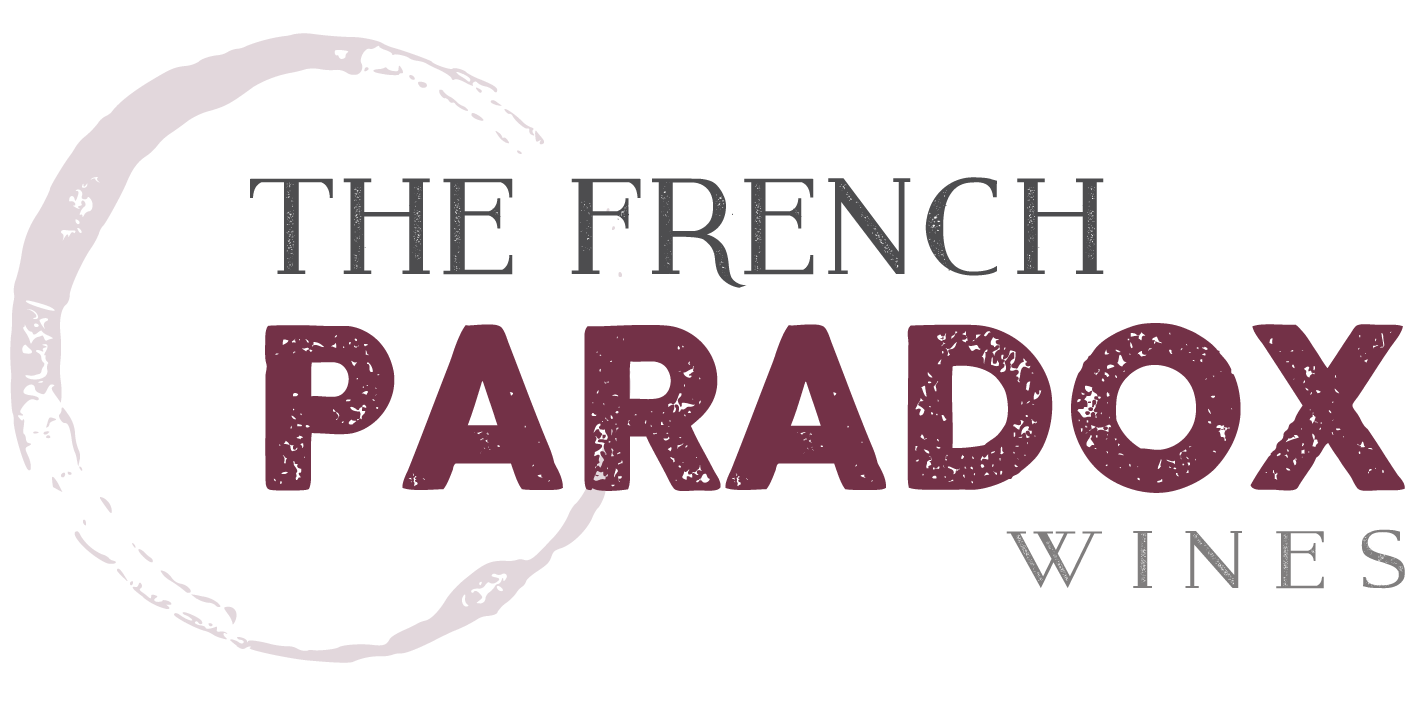If you’re of a certain age, you remember the TV show MASH. In one episode, one of the characters, Cpl. Radar O’Reilly was attempting to woo the heart of a nurse, but was concerned that he was ‘culturally’ outclassed. He was told that, whenever the topic of classical music come about, he was to nod his head sagely and say “Ah…Bach”.
Wine geeks generally do the same thing when faced with a bottle of Burgundy. It’s easier to act reverential than to actually discuss the wine, because, you know, Burgundy is complicated.
The truth is that Burgundy, as a wine region, is no more (and no less) complicated than any other wine region. As I’ve said before in this space, wine is both simpler and more complicated than most people realize. Simpler, because with a few explanations, you’ll know more than the your brother-in-law, the blowhard. And more complicated because once you really dive in (beyond getting wasted in the tasting room), wine becomes fascinating in its complexity.
But today, we’re about Burgundy and simplicity. To start, here are few things to remember:
- There are 2 dominant grapes in Burgundy…Chardonnay and Pinot Noir. Yes, there are others, but in discussing these two grapes, we’re really addressing 75% (or more) of the wines of Burgundy.
- So, bearing the above in mind, if its a white Burgundy, it’s made from Chardonnay. And if its a red Burgundy, it’s made from Pinot Noir. Got it?
- Burgundy has been making wines since…blah, blah, blah. Really, who cares? We’ll save the history lesson for another time.
- Geography matters in Burgundy. Geography matters everywhere in wine, but it’s really, truly matters in Burgundy.
- In the north end of Burgundy, the wines (both red and white) tend to be less fruity, more minerally, and acidic. In the South of Burgundy, the wines tend to be more fruity and less acidic.
So, we now know the grapes. We know, generally, that the grapes in Burgundy grow normally…meaning that they get more ripe in warmer areas and less ripe in cooler areas. More ripe grapes produce more fruity wines. Hence, the Chardonnay from Chablis in the north are often steely, crisp and tart (think apple tart), while the Chardonnay from Pouilly Fuisse in the south are lush, fruity and round.
Burgundy is a cool, northern climate with roughly the same latitude as Maine. Yep, that cool. The wildcard in Burgundy is sunshine. Vineyard sites that get more exposure to sunlight for more hours of the day produce riper grapes. Ripe grapes often have more fruit flavors and higher sugar levels, which allows for higher alcohol levels, which makes the wine taste fuller. So it’s possible that a vineyard with better exposure to the sun will produce riper grapes than a more southerly but less well situated vineyard. For that reason, certain areas and with those areas, specific vineyards, are more highly praised than others.
So, the ‘rating’ of wines in Burgundy follows those parameters. No, I don’t mean numeric scores; those have no meaning beyond opinion. Rather, the hierarchy is based upon location, and those locations are right on the label. The broadest (and often least expensive) level is called ‘Bourgogne’, which means that the wine uses grapes grown in Burgundy. Then comes regional designations, followed by village, then Premier crus and finally, Grand crus. Crus refer to a specific vineyard, as strictly defined by the AOC laws. Village appellation wines are produced from a blend of wines from supposedly lesser vineyard sites within the boundaries of one of 42 villages. Regional appellation wines are wines which are allowed to be produced over the entire region, or over an area significantly larger than that of an individual village.
Likewise, consumption recommendations of the wines follows accordingly. Bourgogne wines are meant to be consumed when young while Grand Cru wines are considered to be both ageworthy as well as requiring some age to be at its best. But aging is an topic that I won’t address here…
So, there you have it, Burgundy demystified. So, go forth with confidence! Wait…what? I didn’t talk about the specific differences between various villages and vineyards? I didn’t tell you which wine was ‘best’? All true. That’s because the concept of ‘best’ in wine is a sucker’s game and quite frankly, antithetical to wine at its core. That’s what critics don’t get about wine. Wine enjoyment is not a competition. Scores are nonsense. Pleasure is not quantifiable.
